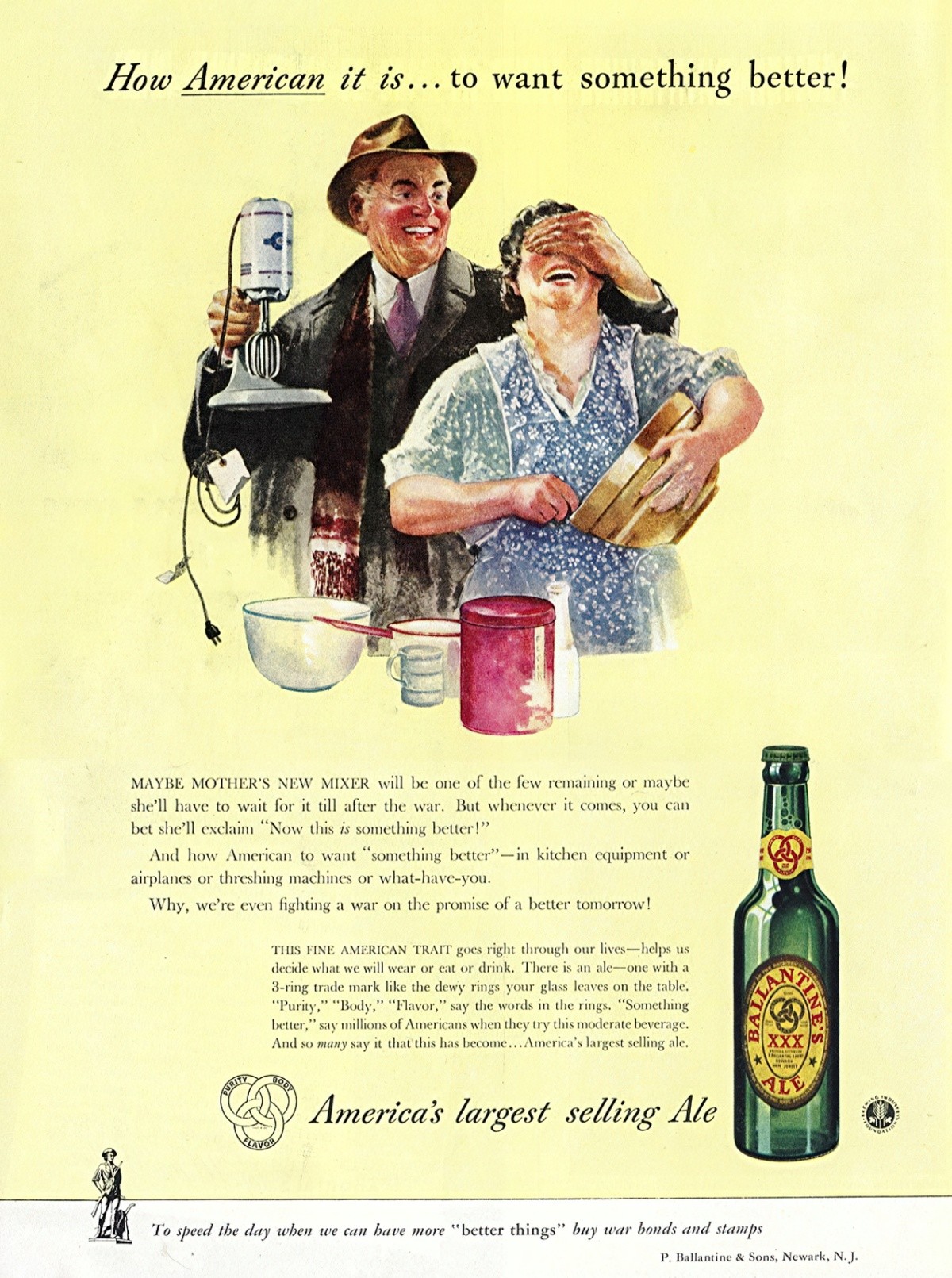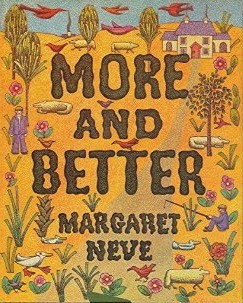People have a feeling of “Give it to me quick.” The contemporary mind feels a kind of relief when it sees things rapidly consummated.
Saul Bellow
Everything You Can’t Have by Morgan Housel
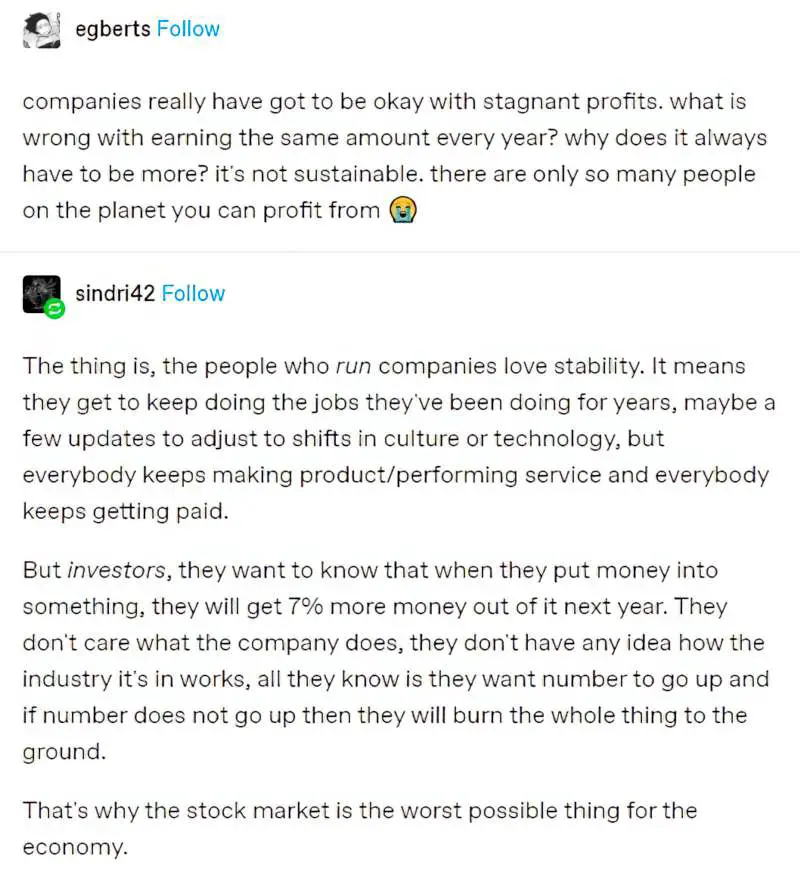
SETTING OF MORE AND BETTER
Once upon a time there was a green valley, with a hundred farmhouse windows shining across the meadows. People were happy and prosperous there, but as the years went by the land grew poor. Many farmers left the valley for the town.
The illustrations of this picture book are based on decorative folk art, with characters facing either left or right, front or backwards and highly simplified perspective. Shading is achieved with many small dots of colour, approaching pointillism.
The folk art style is well-matched to this modern parable.
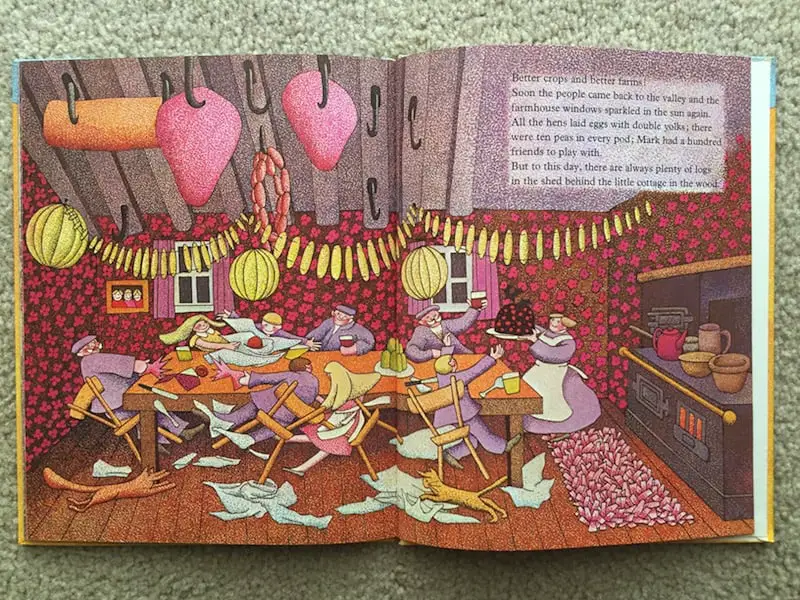
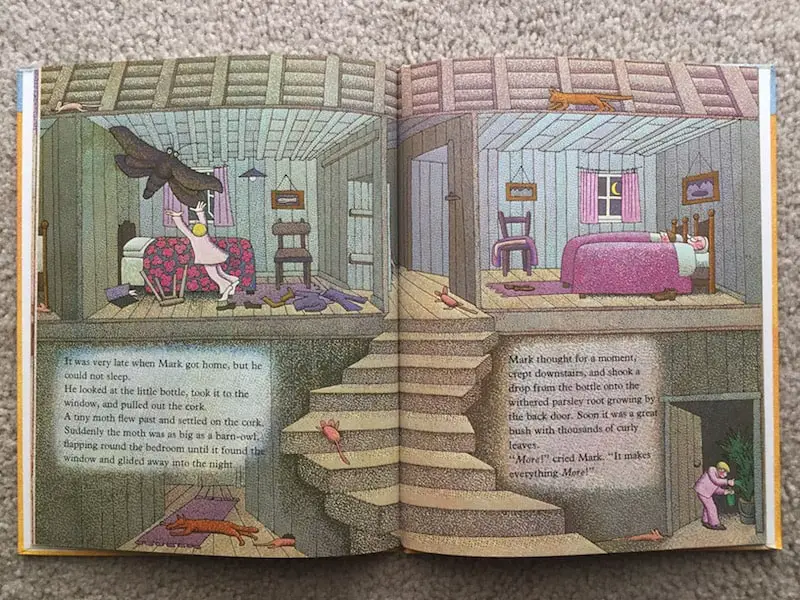
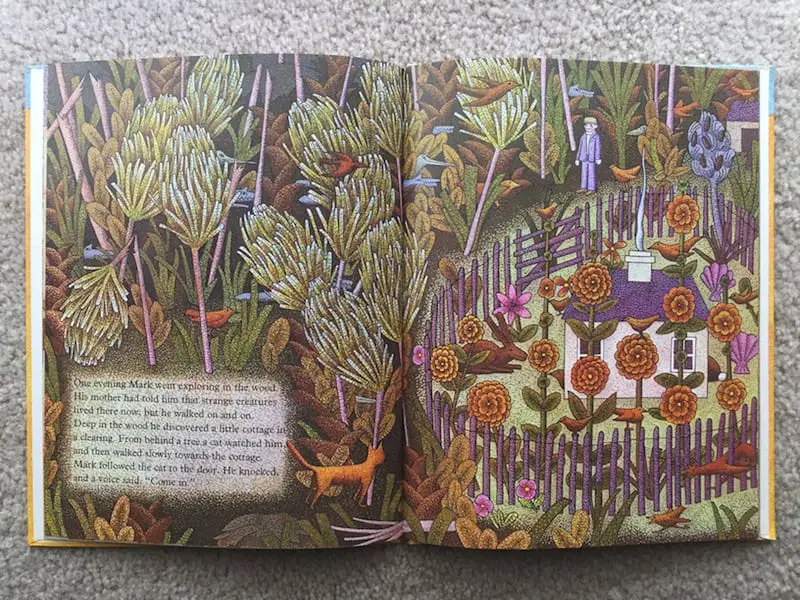
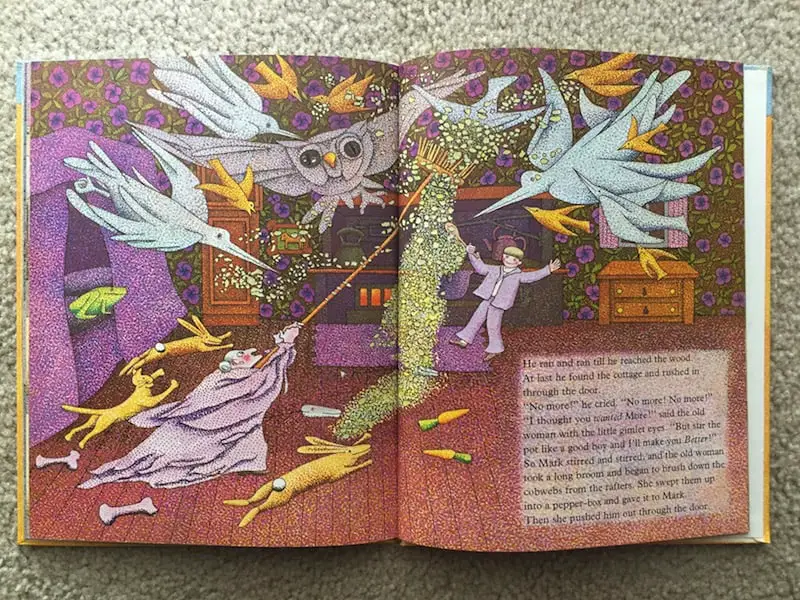
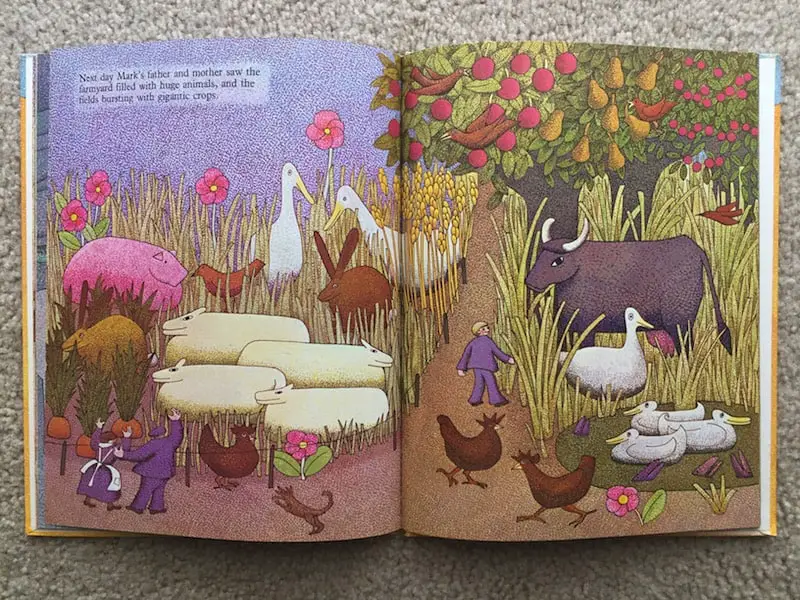
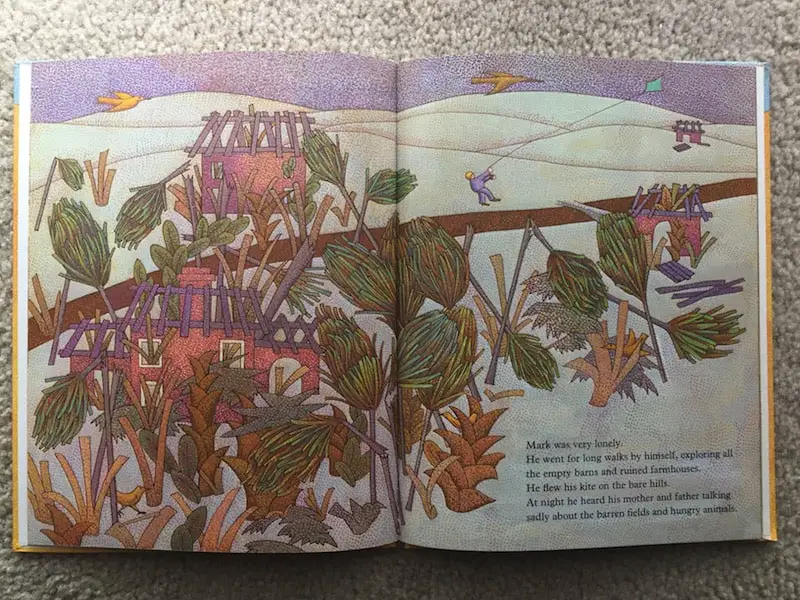
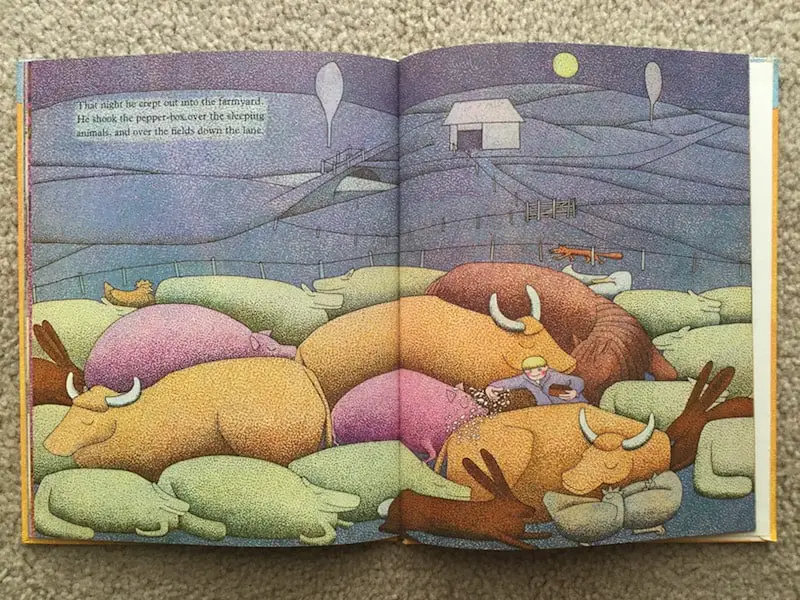
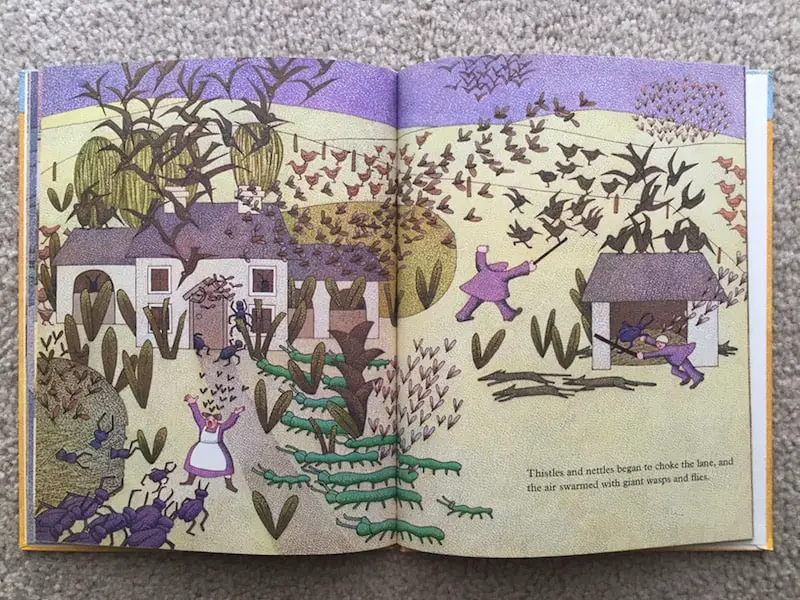
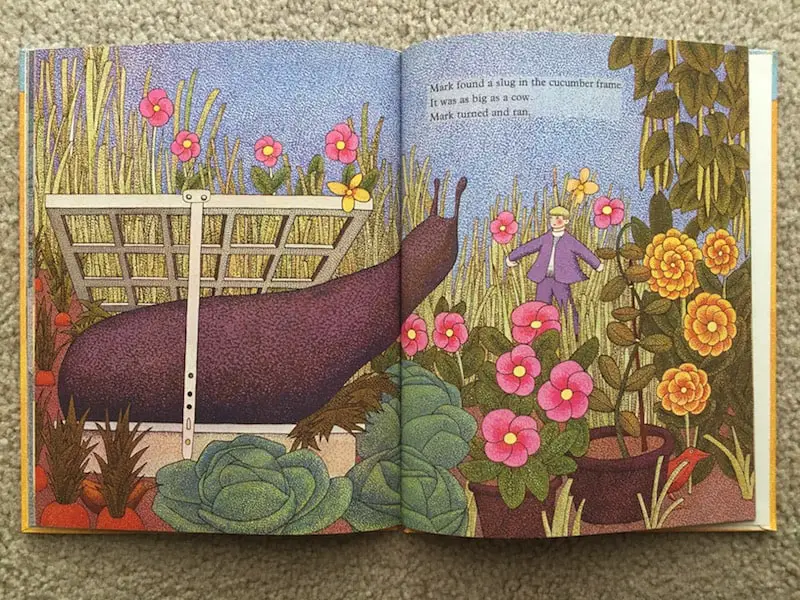
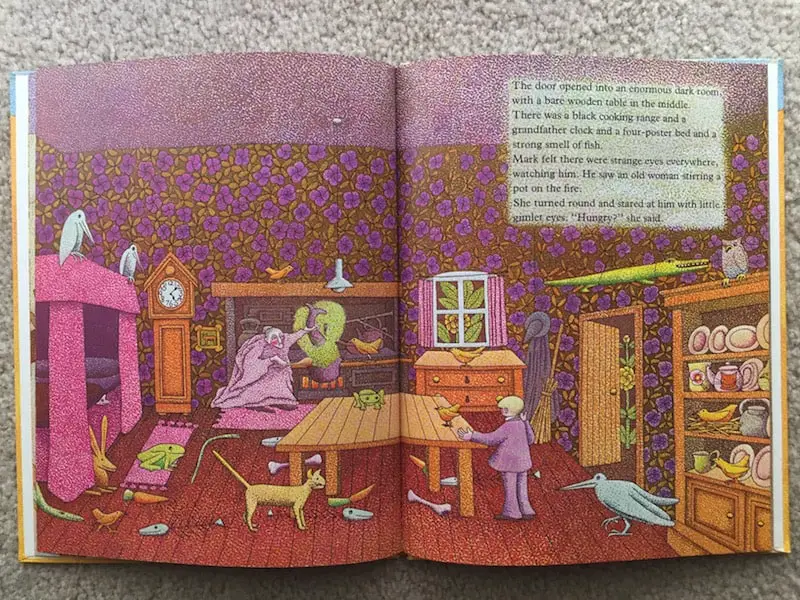
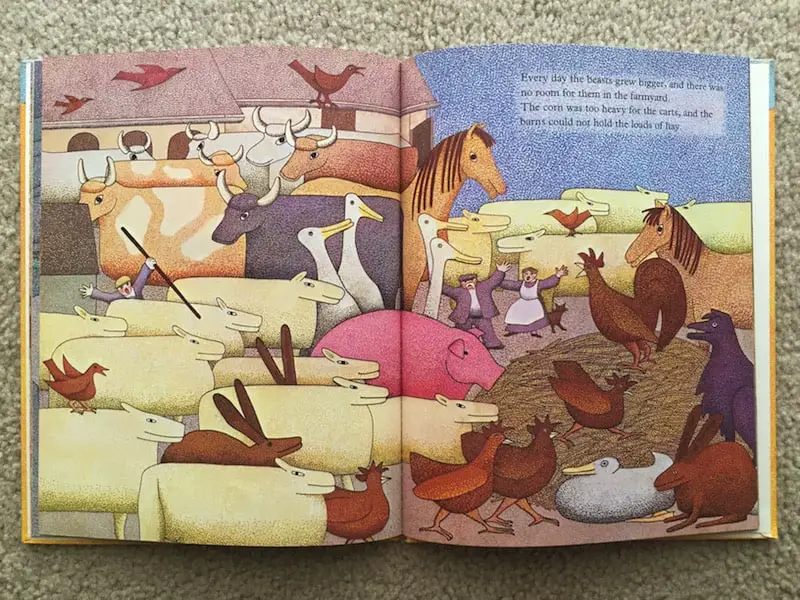
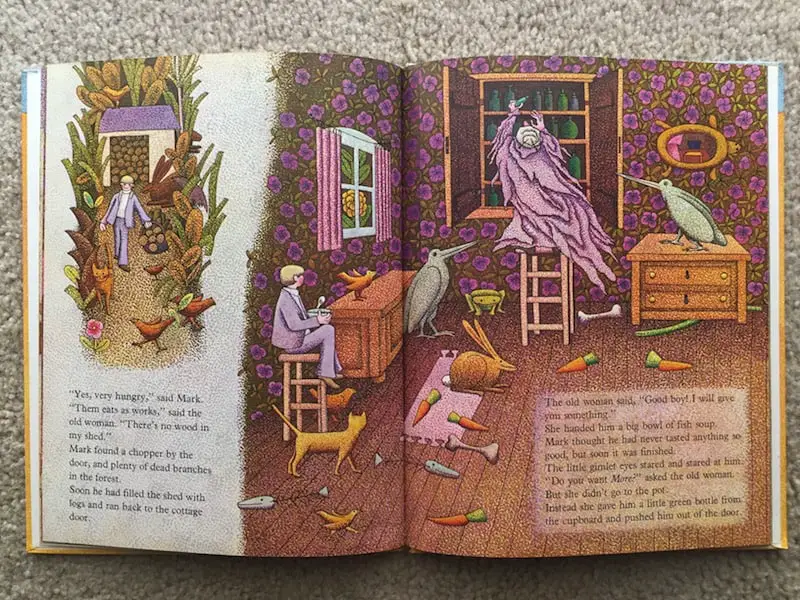
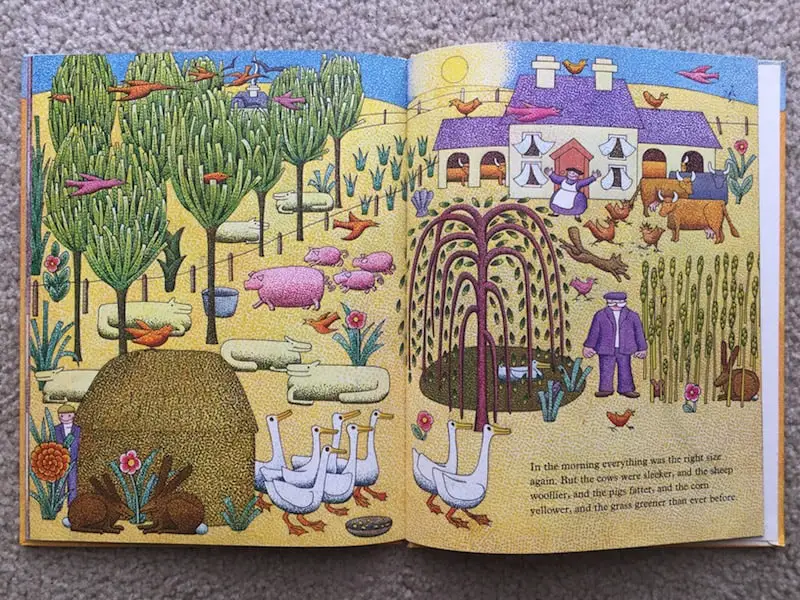
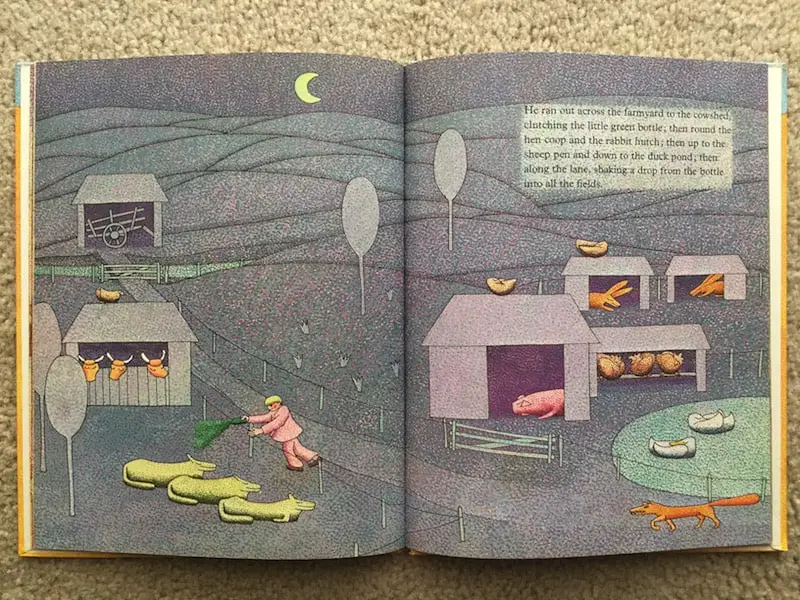
STORY STRUCTURE OF MORE AND BETTER
A parable illustrates a simple truth for teaching purposes. Unlike a fable, it features people in human bodies (rather than people in animal bodies).
Features Of A Parable
- Simple story structure
- Sketches setting, describes action, shows the results
- The main character faces a moral dilemma, makes a bad decision then suffered the unintended consequences
- The moral of a parable is not always stated outright but is nevertheless meant to be straightforward and obvious.
- The parable is like a metaphor in that it uses concrete, perceptible phenomena to illustrate abstract ideas. A parable is a metaphor extended to the length of a complete narrative.
- Parables don’t exist to explore ‘anomalies’. They aren’t about unusual people in ordinary circumstances; the main character will stand-in for a fairly common sort of viewpoint that the author is critiquing by writing the story.
SHORTCOMING
At last there was only one family left, with one child. His name was Mark.
Like many children’s stories, Mark’s psychological shortcoming is loneliness, particularly for friends his own age.
DESIRE
Like many, many children’s books, especially when the child has no siblings, Mark desires company. This desire is the natural companion of ‘loneliness’.
OPPONENT
The thing about witches in fairytale-type stories is, you can’t be sure if she’s entirely evil, mostly evil or a secret ally. The ‘gimlet eyes’ should tell us that she isn’t entirely good news. A gimlet is a tool used to make a hole in a surface, suggesting she has eye sockets with nothing inside. No soul. Otherworldly.
PLAN
This is where the story has switched from iterative to singulative time. Rather than concocting a plan to visit the witch in the forest he sort of stumbles upon it, Hansel and Gretel style.
Inside the witch’s house, the witch tells him, “Them eats as works”, and similar to Kiki in Kiki’s Delivery Service, Mark proves his mettle by chopping wood for the old woman. Incidentally, both this story and Kiki’s Delivery Service subscribe to The Ideology Of Work Ethic. This is Mark’s plan: To do a good deed for the witch and receive one in return.
BIG STRUGGLE
Mark’s big struggle is with the nature of how things work: When Mark uses the contents of the little green bottle from the witch everything grows ridiculously large. This creates problems of its own.
He goes crazy with the green stuff. A similar plot line was used in Helen Palmer’s A Fish Out Of Water, in which a boy overfeeds his goldfish and the goldfish grows ridiculously huge. With these stories it is hard to get them right. I don’t think Helen Palmer managed it (and neither did her husband, Dr Seuss, who started it but couldn’t finish). The problem with this plot line is, what does the writer do once the thing has reached its most massive size? The answer is often to rely on another instance of magic, which is very much like deus ex machina, and can end up not really meaning much unless you can do something extra with it.
First the writer must make sure to create as much trouble and chaos as possible. Here the author uses images from the Bible. (The Deadly Plagues.)
As you can see, the big struggle scene in this type of story comprises most of a picture book.
ANAGNORISIS
Sure enough, Mark has no choice but to revisit the old woman, relying on magic to get him out of trouble. This is the problem with the Fish Out Of Water type plot — the child needs an adult to get themselves out of trouble, which can sometimes happen successfully but is not ideal in children’s books.
NEW SITUATION
We can see that Mark has learned his lesson though: More does not equal better.
